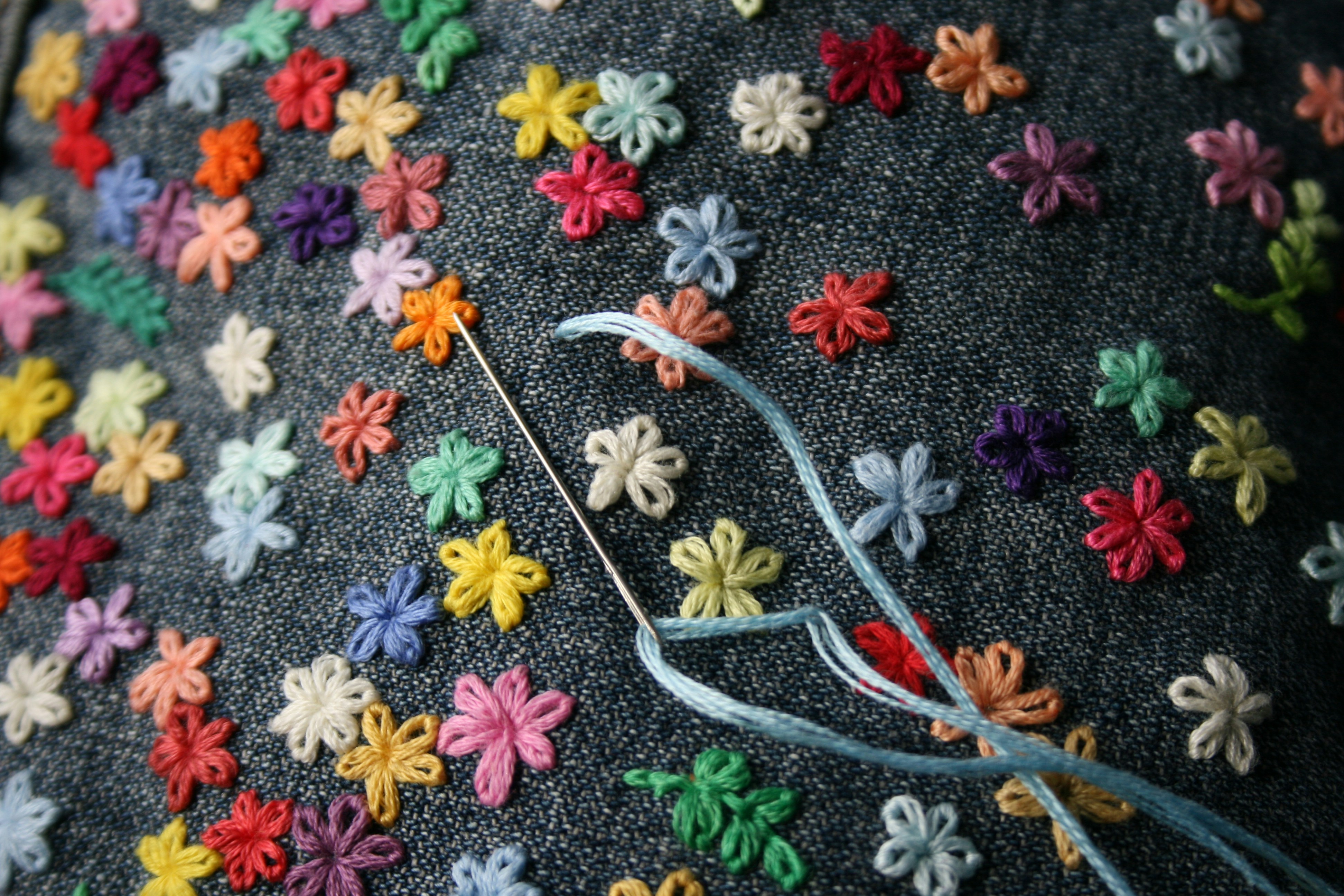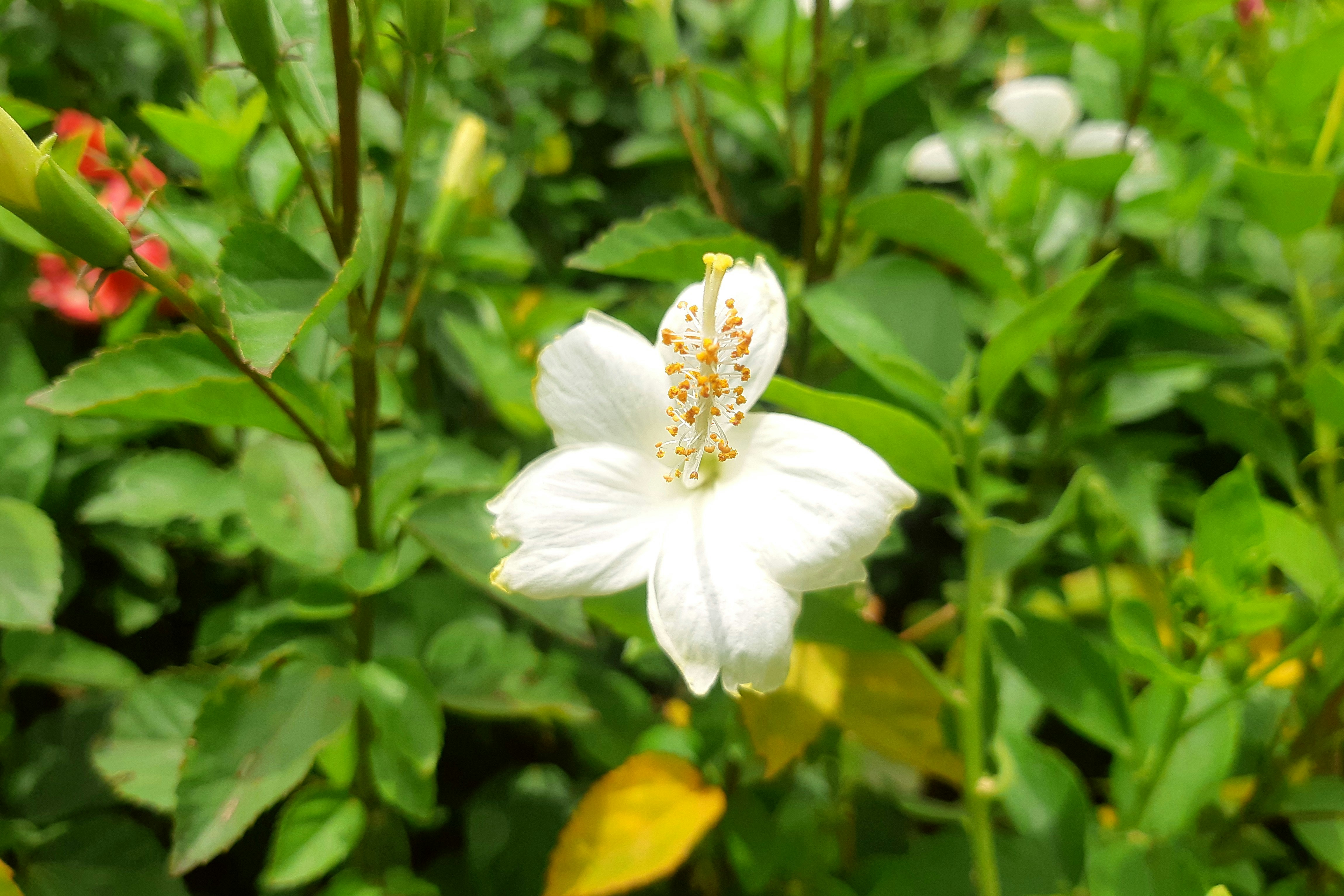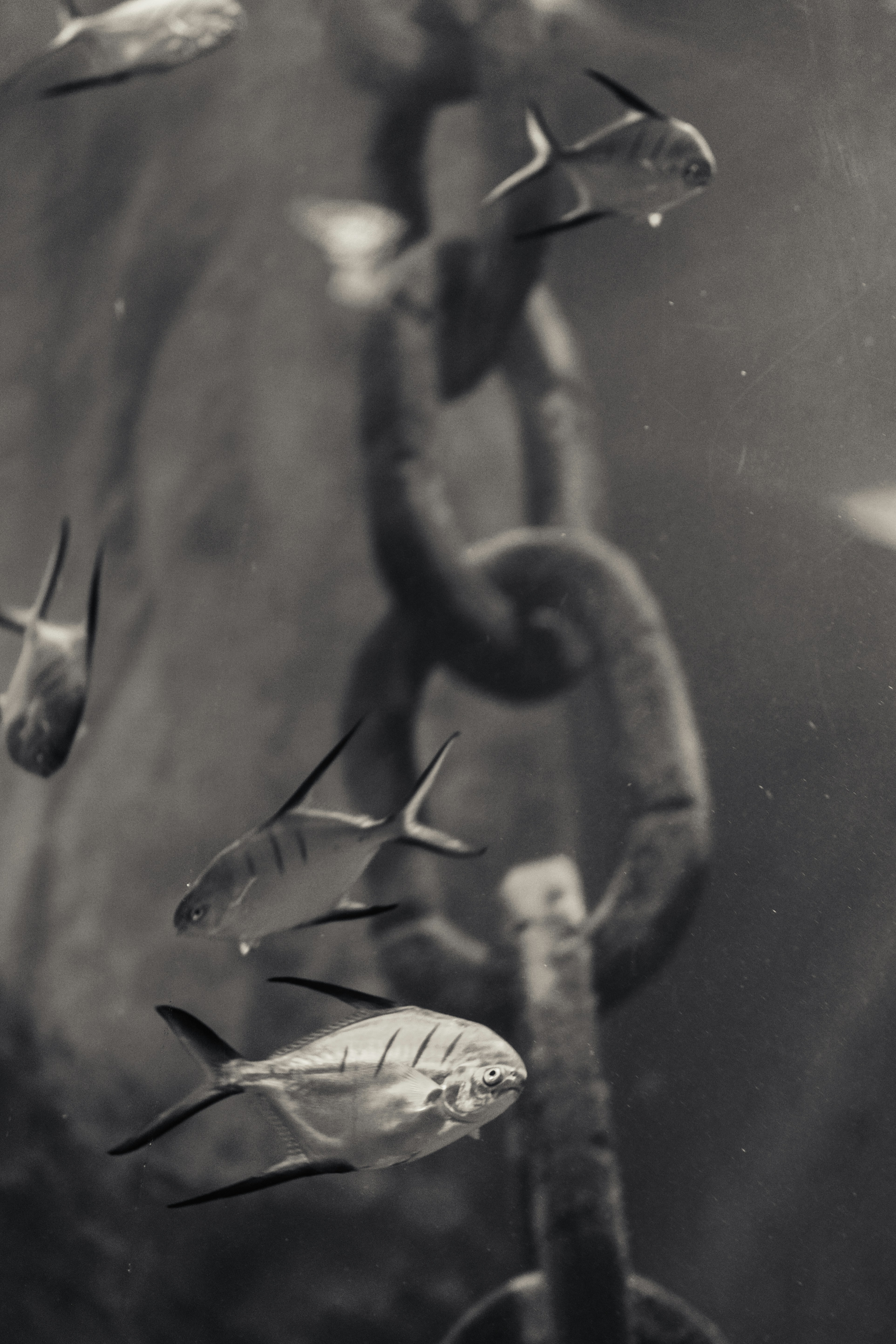Diverse Insights: Photography, Weed Pulling, and Fish Photography
August 21, 2024 | by MikeinJC
The Art and Techniques of General Photography
Photography is a versatile and dynamic art form that requires a keen understanding of various fundamental principles to capture visually compelling images. One of the most critical elements in photography is lighting. Proper use of natural and artificial light can dramatically enhance the quality of a photograph. This involves knowing how to manipulate light to create depth, highlight textures, and set the overall mood. Meanwhile, composition involves arranging elements within the frame to achieve balance, harmony, and eye-catching aesthetics. Utilizing techniques such as the rule of thirds, leading lines, and framing can help in crafting well-structured photographs.
Different photography genres pose their own unique challenges and rewards. Portrait photography, for instance, requires attention to details such as background, lighting, and capturing the subject’s personality. Landscape photography, on the other hand, focuses on natural vistas, where understanding weather conditions, time of day, and optimal angles are paramount. Macro photography involves extreme close-ups, revealing intricate details often unseen by the naked eye, demanding precision and patience.
For photographers looking to improve their skills, selecting the right equipment is crucial. Beginners might start with entry-level DSLR or mirrorless cameras, progressing to more advanced models as they gain experience. Investing in a variety of lenses, such as wide-angle, telephoto, and macro lenses, can significantly broaden one’s creative possibilities. Mastering manual settings, including aperture, shutter speed, and ISO, provides greater control over the final image.
Post-processing software such as Adobe Lightroom or Photoshop is essential for refining images and achieving professional results. Techniques like color correction, exposure adjustments, and cropping can enhance the visual impact of photographs. Additionally, photographers should strive to develop a personal style and vision, allowing their unique perspective to shine through their work.
Avoiding common mistakes, such as poor exposure, lack of focus, or cluttered compositions, is key. Continuous practice, alongside analysis of each shot’s strengths and areas for improvement, fosters growth in the art of photography, helping one to capture truly stunning images.
Effective Weed Pulling Methods for a Healthier Garden
Maintaining a healthy garden requires regular weed control to prevent unwanted plants from competing with your crops for essential nutrients, sunlight, and water. Effective weed management not only helps maintain the aesthetic appeal of your garden but also improves the overall health and productivity of your plants.
Manual removal is one of the most straightforward methods for effective weed pulling. This involves physically pulling out the weeds by hand, ensuring that you remove the entire root system to prevent regrowth. While labor-intensive, this method is highly effective for small gardens and can be done without any special equipment. The best time for manual weed pulling is after a light rain when the soil is moist, making it easier to remove weeds completely.
Gardening tools can significantly ease the manual weed pulling process. Hand hoes, trowels, and weed forks are excellent for targeting specific weeds without disturbing the surrounding plants. For larger areas, long-handled hoes and weeding forks can save time and effort. These tools enable gardeners to reach deeper roots and exert more leverage, ensuring thorough weed removal.
Organic weed control options provide eco-friendly alternatives to chemical herbicides, which can harm beneficial insects and soil health. Mulching is a widely favored practice that involves spreading organic materials such as straw, wood chips, or grass clippings over the soil surface. Mulch suppresses weed growth by blocking sunlight and retaining soil moisture. Additionally, cover crops like clover or rye can outcompete weeds and enrich the soil with organic matter.
A step-by-step guide to effective weed pulling starts with identifying the type of weeds in your garden. For annual weeds, timely removal before they set seeds is crucial. Perennial weeds, with their extensive root systems, may require repeated efforts. First, water the garden to loosen the soil, then carefully extract the weeds, ensuring you remove the full root system. Dispose of the weeds properly to prevent them from reseeding.
Preventing future weed growth involves several proactive measures. Mulching remains a top recommendation for its dual benefits of weed suppression and soil health improvement. Proper planting techniques like spacing your plants closely can reduce the area available for weeds to grow. Finally, maintaining healthy soil through regular composting and fertilization promotes robust plant growth, allowing your crops to outcompete weeds naturally.
Capturing Underwater Beauty: Fish Photography Tips and Tricks
Fish photography is a captivating yet challenging subgenre of underwater photography. Immersing yourself in the dynamic underwater world requires understanding and overcoming specific challenges, such as lighting, water clarity, and the constant movement of aquatic life. Successful fish photography combines technical skill with a deep appreciation for the natural environment.
One of the most critical aspects of underwater photography is selecting the right equipment. A reliable waterproof camera is indispensable, and pairing it with high-quality housing ensures protection against water pressure and potential leaks. Additionally, choosing appropriate lenses is essential. While wide-angle lenses are advantageous for capturing expansive seascapes and large marine animals, macro lenses are ideal for photographing smaller fish and intricate details.
Lighting is another significant consideration. Natural light diminishes rapidly underwater, especially red and orange wavelengths. Therefore, investing in underwater strobes or flashes can dramatically enhance photo quality by bringing back the vividness of colors lost in the depths. Experimenting with different lighting angles can also create more dynamic and engaging photos.
Understanding and applying buoyancy control is fundamental to steadying your camera and achieving sharp images underwater. Maintaining neutral buoyancy allows for stable positioning without disturbing marine life or stirring up sediment that can cloud your shots. When approaching your subjects, move slowly and deliberately to avoid startling them. Many fish are naturally curious and may come closer if they do not feel threatened.
Interesting compositions are another critical component of compelling fish photography. Explore different perspectives and angles, such as shooting upwards towards the surface or framing your subject against unique underwater features. Incorporating elements like coral reefs, plants, and rock formations can add depth and context to your images.
Ethical considerations play a vital role in underwater photography. Respect for marine life and their habitats should always be a priority. Avoid touching or chasing fish and refrain from disturbing fragile ecosystems. Responsible photography practices contribute to the preservation of the underwater world.
Post-processing is the final stage to enhance underwater images. Techniques such as adjusting white balance, increasing contrast, and enhancing colors can compensate for the blues and greens that dominate underwater shots. However, aim to keep the final images as natural as possible, preserving the beauty of the underwater environment.
RELATED POSTS
View all



